5 Tech Trends Every Small Business Should Know
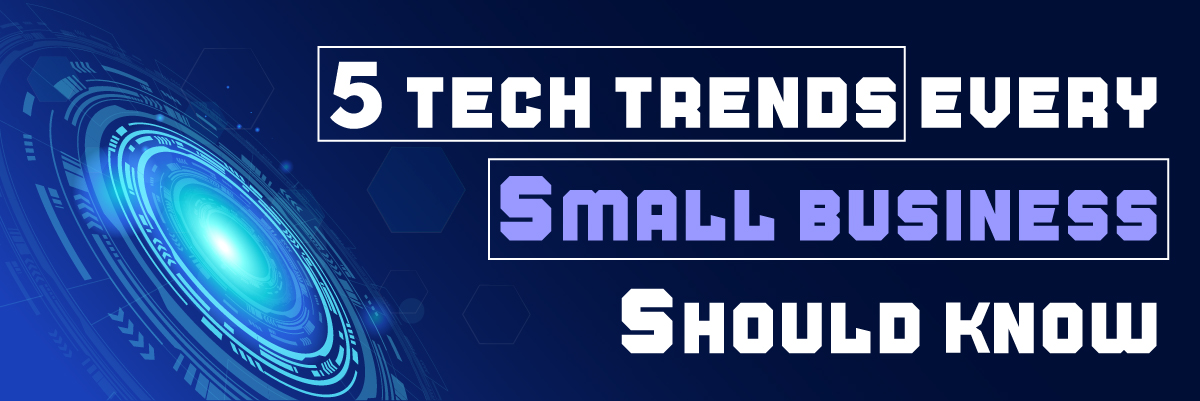
5 Tech Trends Every Small Business Should Know
As a small business owner, you know that staying ahead of the competition is essential to success. This means staying ahead of the latest technology trends in today’s digital world. But with the sheer number of new technologies on the market, it can take time to know what’s worth investing in and what’s not.
Today, we will be walking you through five of the latest tech trends that every small business should be aware of. From automation to cybersecurity, these trends can help you stay competitive and ensure your business runs as efficiently as possible.
Introduction to Tech Trends
Even though many small business tech trends could change the way small businesses operate, 80% of American small businesses need to make the most of the digital resources they have at their disposal.
Small business owners are frequently reluctant to implement any new technology for various reasons, such as perceived financial obstacles, a lack of knowledge, or the conviction that online resources like social networking or live chat are unimportant to their sector.
These presumptions, however, are utterly false. Due to COVID-19, various new technologies have emerged, changing small businesses’ operations and customer expectations. The only way many firms were able to keep up with the pandemic’s fast-paced environment was to adopt new technology.
Given how accustomed people have become to these changes, some things may never go back to the way they were before the pandemic.
Here are some of these small company technology trends to watch out for in 2023.
Automation
Automation is one of the hottest topics in technology today, and it’s becoming increasingly important for small businesses. Automation allows businesses to automate repetitive tasks, freeing their employees to focus on more critical assignments. Automation can also reduce costs and increase efficiency.
Various automation tools are available for small businesses, from customer service bots to automated invoicing. Small businesses should evaluate the automation tools available to determine which will best suit their needs.
For example, customer service bots can help small businesses answer customer questions quickly and accurately, reducing the need for customer service staff. Automated invoicing can help small enterprises to streamline their billing processes, saving them time and money.
Big Data
Big data is another important trend for small businesses. Big data is the collection of large amounts of data from various sources, such as customer records, web traffic, and social media. This data can give small businesses valuable insights into their customers’ behaviors and preferences, allowing them to make better decisions and improve their operations.
Small businesses should also consider investing in a data analytics platform to help them make sense of their data. Data analytics platforms can help small businesses analyze their data and identify trends and patterns.
Sustainability
Sustainability is becoming increasingly crucial for businesses of all sizes, and small businesses are no exception. Sustainability is a term used to describe the ability of a business to be profitable while reducing its environmental footprint. This can be achieved by using renewable energy, energy-efficient equipment, and sustainable practices.
Small businesses should evaluate their current operations to determine where they can improve. For example, small businesses can switch to renewable energy sources like solar or wind power. They can also invest in energy-efficient equipment and adopt sustainable practices, such as using recycled materials and minimizing waste.
Super-apps
According to Gartner, the year 2023 will mark the beginning of the mainstream creation and use of what it refers to as super-apps. These apps will make it possible to combine and unify several app services into a single, user-friendly interface. These apps can help small businesses by streamlining processes for both staff and vendors.
A growing number of third-party software integrations are also being used. Today, a business might utilize Google Drive to hold firm data, Monday.com to plan projects, Salesforce to manage clients, Outlook to deliver crucial documents, and Slack to connect teams. Unification helps to reduce and alleviate the threat posed by data silos, which is crucial.
Small businesses can also use super-apps to engage with customers and promote their products and services. They can also use super-apps to collect valuable customer data, such as their preferences and behaviors. This data can help small businesses create more effective marketing campaigns and improve their operations.
Cybersecurity
Cybersecurity is becoming increasingly important for businesses of all sizes. Cybersecurity involves protecting your business from cyber threats like malware, data breaches, and identity theft. Small businesses should protect their data and systems by investing in an antivirus program and firewall, using a secure password manager, and implementing security protocols like MFA.
Small businesses should also consider investing in an enterprise-grade cybersecurity solution. Enterprise-grade solutions are designed to protect enterprises from advanced cyber threats, such as malware and data breaches. They can also help small businesses detect and respond quickly to cyber threats, reducing the damage caused.
Conclusion
Staying ahead of the latest technology trends is essential for any small business. New technologies can help small businesses remain competitive, increase efficiency, reduce costs, and gain valuable customer insights. From super-apps to Artificial Intelligence (AI), small businesses should be aware of the various new technologies.
At Protected Harbor, we recognize the significance of keeping up with the latest technology and trends. Our team of experts will craft a tailored IT strategy to help you stay on top of the competition and ensure your business runs at its best. We are committed to helping small to medium-sized businesses succeed by providing them with the tools they need to stay ahead of the curve.
Contact us today to learn more about how Protected Harbor can help you leverage technology and trends to stay ahead.

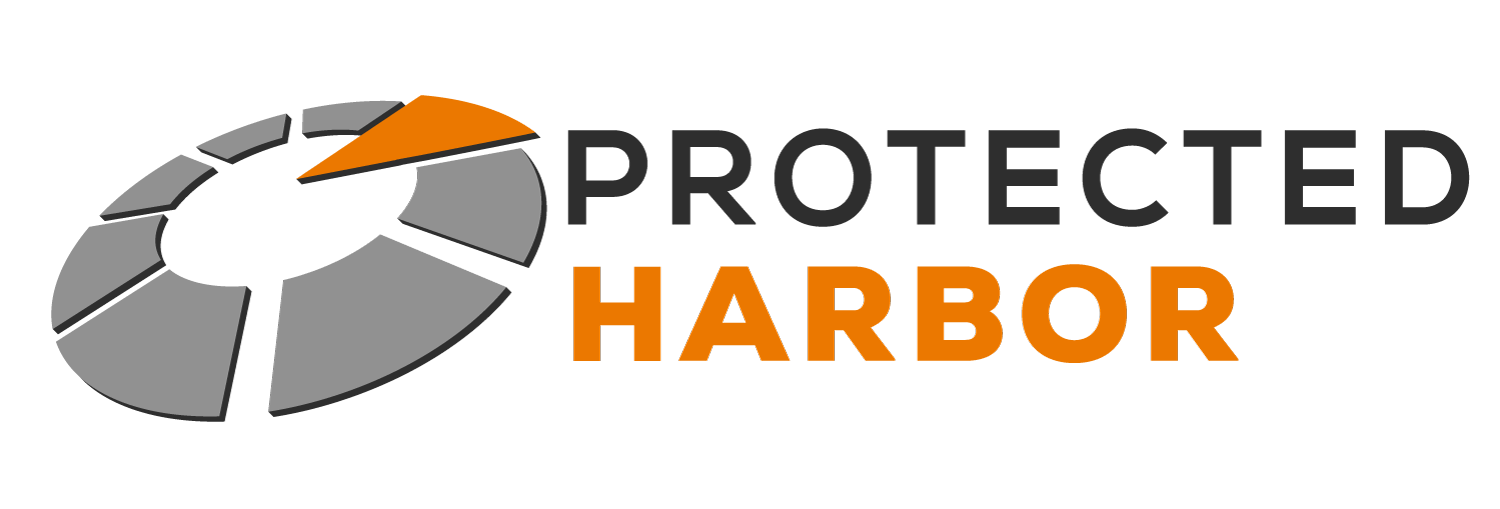


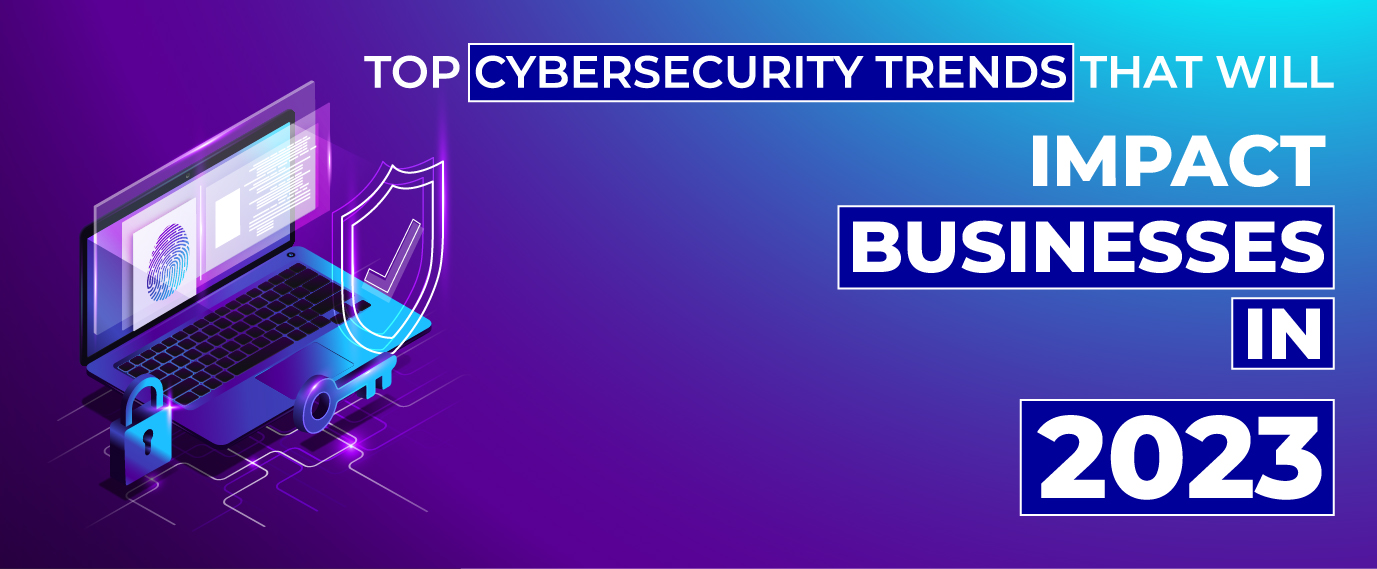
 Cloud Computing Security Trends
Cloud Computing Security Trends
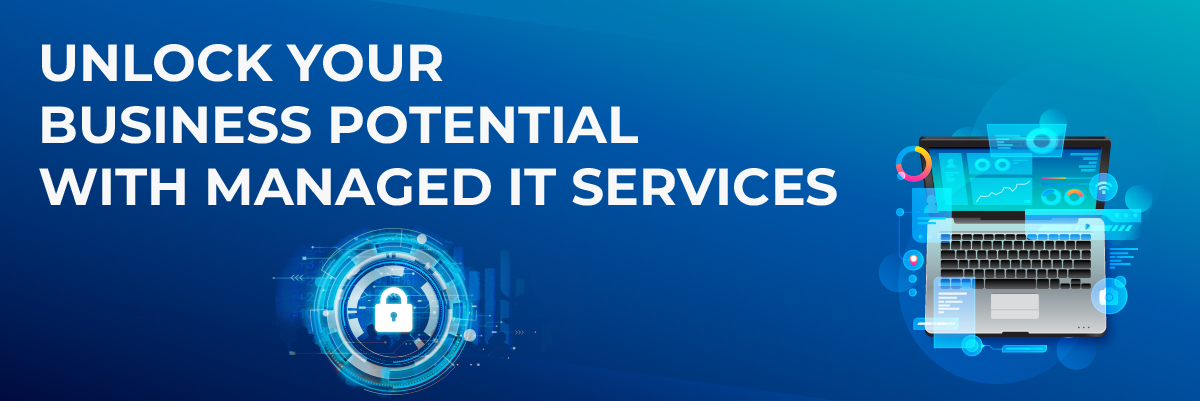
 What are the Benefits of Using Managed IT Services?
What are the Benefits of Using Managed IT Services?
 What are the Pros and Cons of Flat-rate Pricing?
What are the Pros and Cons of Flat-rate Pricing?
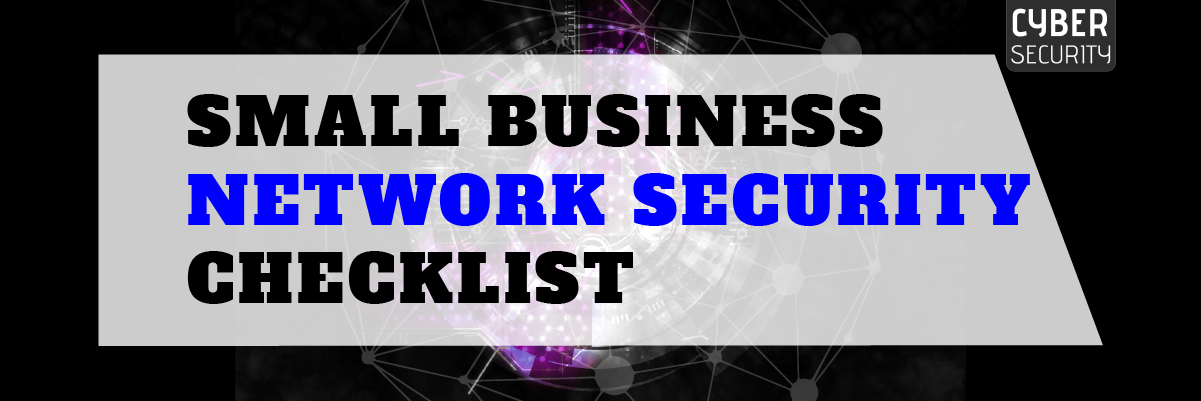


 How to Speed Up My Network?
How to Speed Up My Network?


 Examples of Information Silos
Examples of Information Silos

 Workshop with CEO Richard Luna
Workshop with CEO Richard Luna

